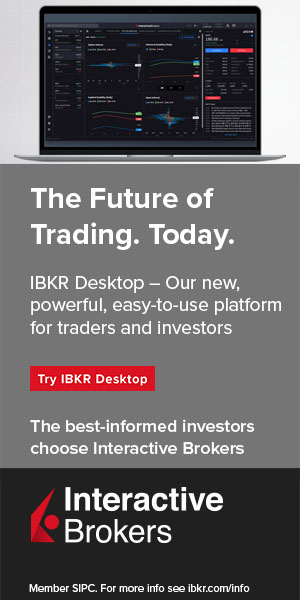The United States Federal Reserve has raised interest rates to their highest level in 16 years, marking the end of an era of cheap money. The Fed’s benchmark interest rate now stands at 5% to 5.25% after the 10th increase since March 2022. This decision comes despite a banking crisis and a fragile economy, as the central bank prioritizes tackling inflation, which hit a 40-year high in the wake of the Covid-19 pandemic.

A 16-year high for interest rates
Rates were at close to zero for many years in the aftermath of the 2008 crisis. Just as they were beginning to be hiked slowly from 2016 to 2019, covid struck, and they were quickly dropped back down to their base-zero.
The current rate is the highest since August 2007, and it is expected to impact various consumer debt products, such as mortgages, auto loans, and credit cards. Despite the persistence of economic fragility, the labor market has remained strong since the increases started, with inflation still well above the 2% target that policymakers consider optimum.
The Fed chair, Jerome Powell, has consistently argued that the central bank must prioritize bringing down inflation. In a statement, the Fed said the banking system was “sound and resilient” but acknowledged that “tighter credit conditions for households and businesses are likely to weigh on economic activity, hiring, and inflation.”
Although the statement hinted that the rate hikes might be nearing an end, Powell warned that future policy actions would depend on how events unfold.
Recent data points have indicated a softening in price increases, though “sticky” items such as housing costs and medical care have remained higher. The markets are anticipating that slower growth and the possibility of recession will force the Fed to cut rates later this year.
The Fed’s decision comes as Congress is currently at loggerheads over the government’s borrowing limit.
Economic and market implications
It would be simple to assume that, rising rates during a potential ‘credit crunch’ banking crisis, whilst government cannot yet land an agreement to avoid a default, that markets and the economy must be in serious trouble right now.
Yet, US job creation remains robust, with payroll processing firm ADP reporting that hiring by private sector companies increased by 296,000 in April, well ahead of economists’ expectations. Inflation is slowly coming down, whilst the S&P 500 has had a strong start to the year, showing that contradictions are present right now.
Those that are Futures Trading with Plus500 will be keeping an eye on the turbulent energy market and tepid commodities; gas and heating oil Futures have really struggled since the turn of the year, whilst US and European equities have performed well.
However, there have been signs that the economy is starting to cool. Consumer spending has reduced, whilst US manufacturing hit a nearly three-year low in March after years of growth coming out of the pandemic. Therefore, it’s important to remember the lagging effects of the interest rate rises, banking crisis, and even coronavirus. As the productivity data rolls in, it isn’t looking particularly strong.
The end of cheap money
The end of cheap money, a phenomenon that fueled speculative trading, inflated tech stocks, meme investments, and led to the boom in unconventional markets, has come to a sudden halt. Bond yields have risen, destabilizing asset prices and banks, whilst stock markets are becoming more volatile.
The end of cheap money has implications not only for the US economy but also for the global economy, as other central banks follow suit. The European Central Bank (ECB) has also slowed the pace of its interest rate increases but signaled more tightening to come. In contrast, the Bank of England is expected to continue raising rates, with the British pound strengthening against the US dollar and the euro.
As the era of cheap money draws to a close, consumers and businesses will need to adapt to the new reality of higher borrowing costs. This may result in a slowdown in consumer spending, a decrease in business investment, and potentially weaker economic growth. 60-40 portfolios could sway 100% equity investors as corporate bonds and other debt products become more attractive.
In conclusion, the US Federal Reserve’s decision to raise interest rates to a 16-year high marks the end of an era of cheap money. With the central bank focused on combating inflation, the consequences of higher rates will be felt across the domestic and global economies. Although the Fed’s statement hinted that the aggressive rate hikes might be nearing an end, the future of monetary policy will depend on the unfolding of economic events. As we enter a new era of higher borrowing costs, it remains to be seen how consumers, businesses, and financial markets will adjust to this new reality.


 Hot Features
Hot Features











